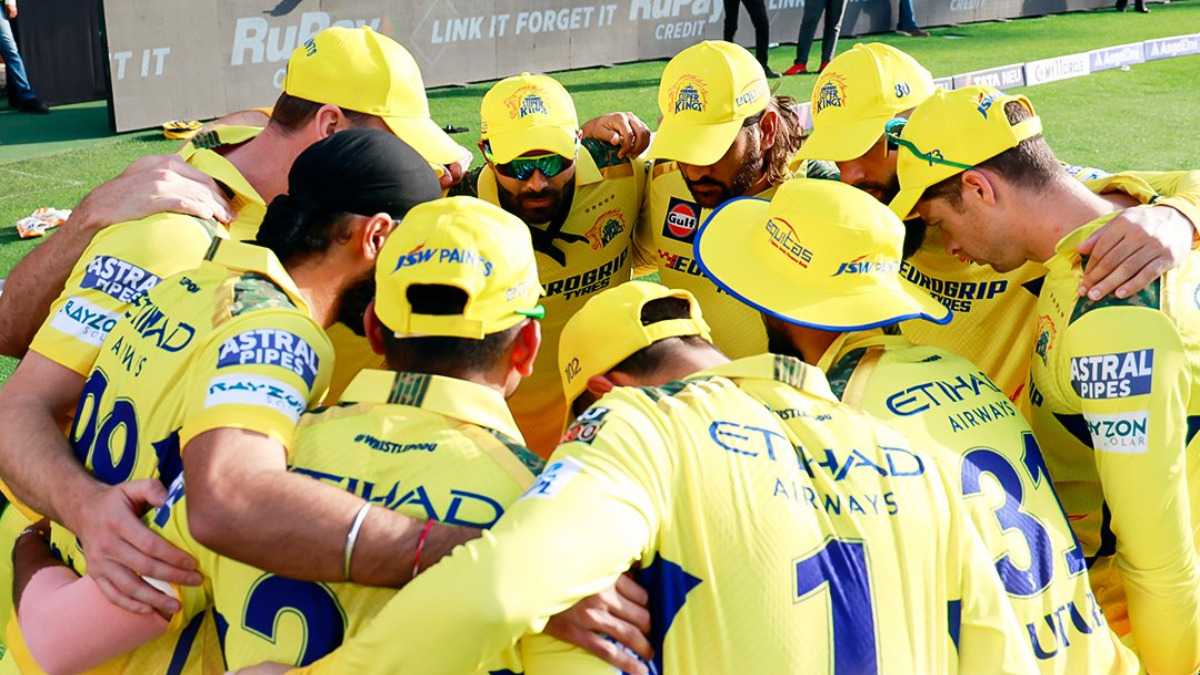Crazy Rich Asians controversy: Glitter, glamour, and a silent majority?
Throwback to 2018’s Crazy Rich Asians: a cinematic splash or a ripple in representation? Revisiting the debates, applause, and the unheard voices within the Asian community.

Crazy Rich Asians (Source: IMDb)
In the shimmering world of cinema, 2018’s Crazy Rich Asians garnered a whirlwind of both applause and scrutiny. Despite its triumphant box office plunder of $26.5m in its debut weekend, the film's panorama of lavish galas and extravagant couture concealed a resonant echo of discontent. "It simply is not the ‘Great Asian Hope’ that it is being portrayed as," voiced Sangeetha Thanapal, pinpointing the film’s narrowed gaze that largely eclipsed South Asians, thereby perpetuating a skewed perception of Asian identity.
Also Read: Gemma Chan mania: Hollywood’s bet on Astrid's romance reignites 'Crazy Rich Asians' frenzy!
A monumental milestone or a missed mark
In the opulent lanes of Singapore’s elite, the narrative danced amidst wealth and westernized splendor, yet inadvertently shadowed the diverse cultural tapestry of Singapore, sidelining the Malay and Indian communities. Critics argued that its grandeur masked an underlying erasure, as the film renders minorities invisible, resonating a restricted and unvaried vision of Asian heritage.
Beyond the glitter: Voices unheard
Amidst the cascade of criticisms, director John M Chu acknowledged the towering expectations and limitations, stating, “This is not going to solve everything.” Yet, the film's contentious journey underscores the intricate layers of representation, bringing forth the silenced voices and unveiled questions about the portrayal of Asian communities on the global cinematic stage.
Today, as the discussions surrounding Crazy Rich Asians resurface, they ignite a reflective quest beyond the glint of Hollywood lights. They implore a reevaluation of representation, beckoning a more encompassing and authentic embrace of the diverse and vibrant shades of Asian communities. The undulating waves of the Crazy Rich Asians saga remind us of the ongoing endeavors and the unwavering hope for a more inclusive cinematic world, where every hue is celebrated, every voice echoed, and every story, in its truest colors, unfurls on the silver screen.
In revisiting the tales woven by Crazy Rich Asians, may the voices, both lauded and unheard, guide the strides towards a more holistic and harmonious panorama of representation, transcending the boundaries, and unfurling the boundless mosaic of global narratives.
(Several parts of the text in this article, including the title, were generated with the help of an AI tool.)







